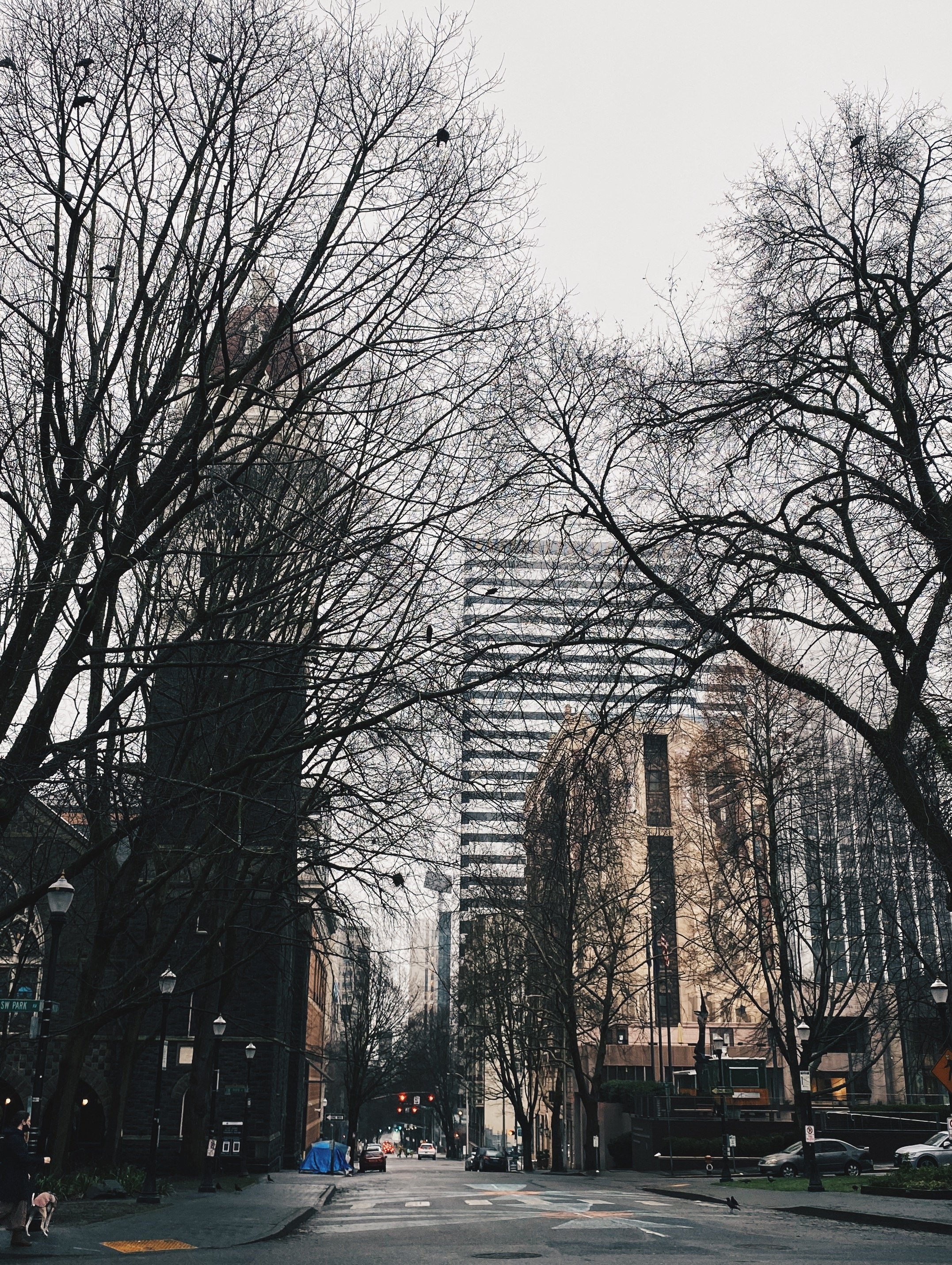
on transfiguration (for nanny)
And more often than not, these transfiguration moments are transformation moments, because that’s, miraculously, how God works. That the death and the life are all tied up together, that they’re both inherently pieces of the other. That in order to fall in love, some parts of you have to die. Or when you face the results of some unfortunate thing you might have done, God forms you into a person that looks a little bit more like Jesus, which is life.

questions, unanswered
All this time, my body was moving towards answers even when I didn’t have the words. As I drove out of Pittsburgh for the last time, I realized this move felt big because it embodied the answers to the questions about what I believed to be important. The direction I turned at this fork in the road would determine both who I was and what I was trying to be in the world. This surety in my choice to come home that stunned me, this choice to listen (for once) to that holy tugging in my gut asking me to embrace my life. Not my friends’ lives, not lives of people I envy, not a noisy or particularly instagrammable, objectively impressive life, but the one that was unfolding in front of me. The life I was living. The life I am living. It was as if, all of a sudden, I understood that Mary Oliver line I began this post with: “the past is the past and the present is what your life is.” And above the cacophony of my own questions, Mary’s question to me cut through like a descant:
“will you live your life?”

this generous darkness (for Ash Wednesday)
on remembering death, sitting in the questions, forming constellations, and the mystery of hope

when you say “wait”
when you say “wait,” is it like how
I stood in line at the coffee shop for
forty-five minutes
waiting
for a hot chocolate they forgot to make?

